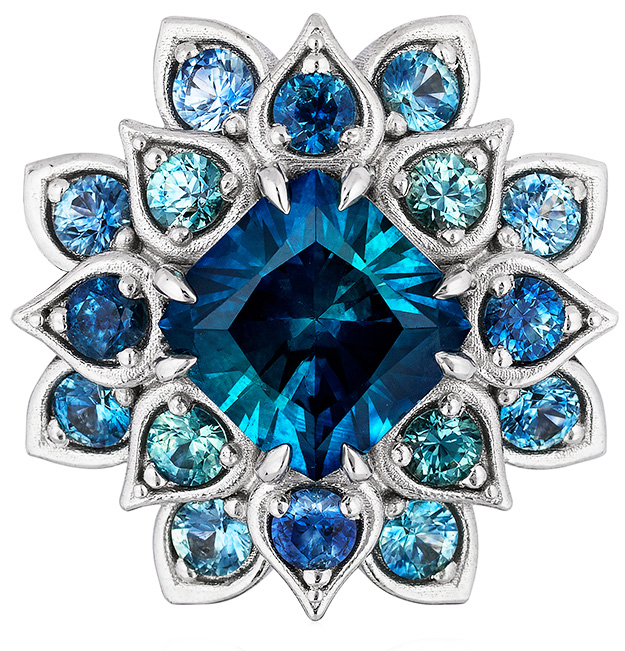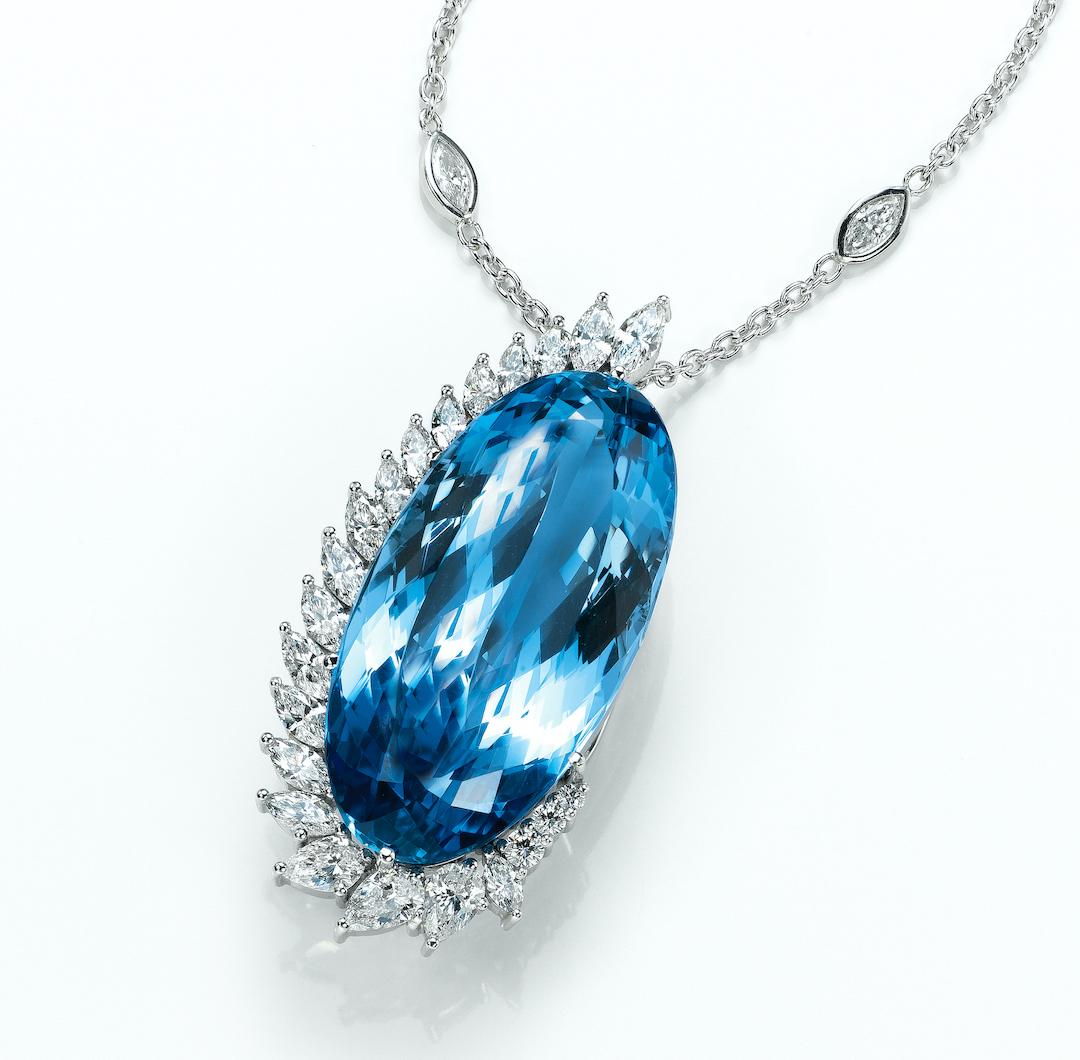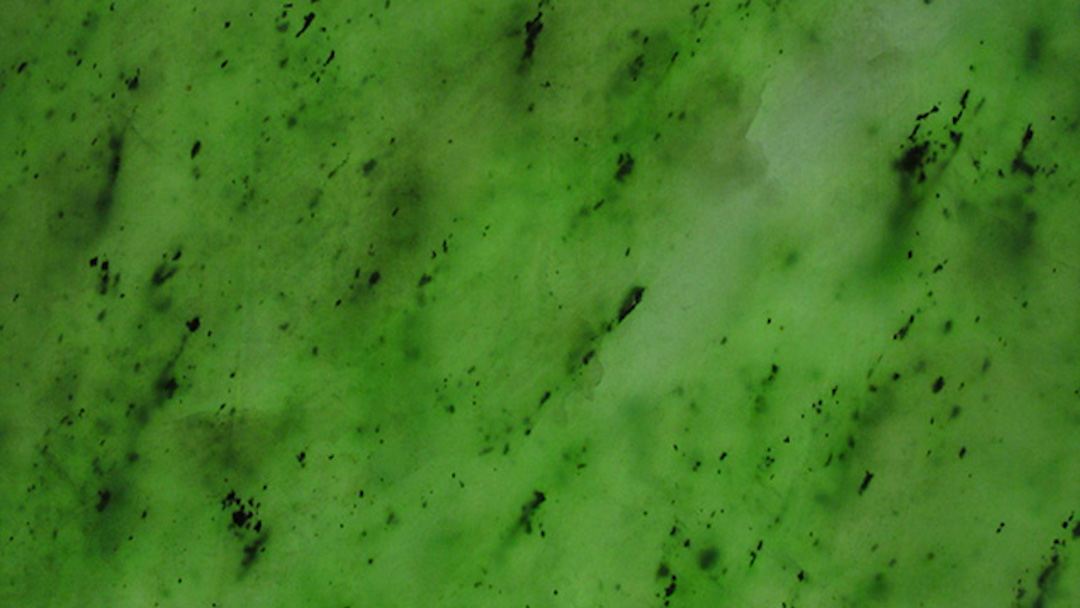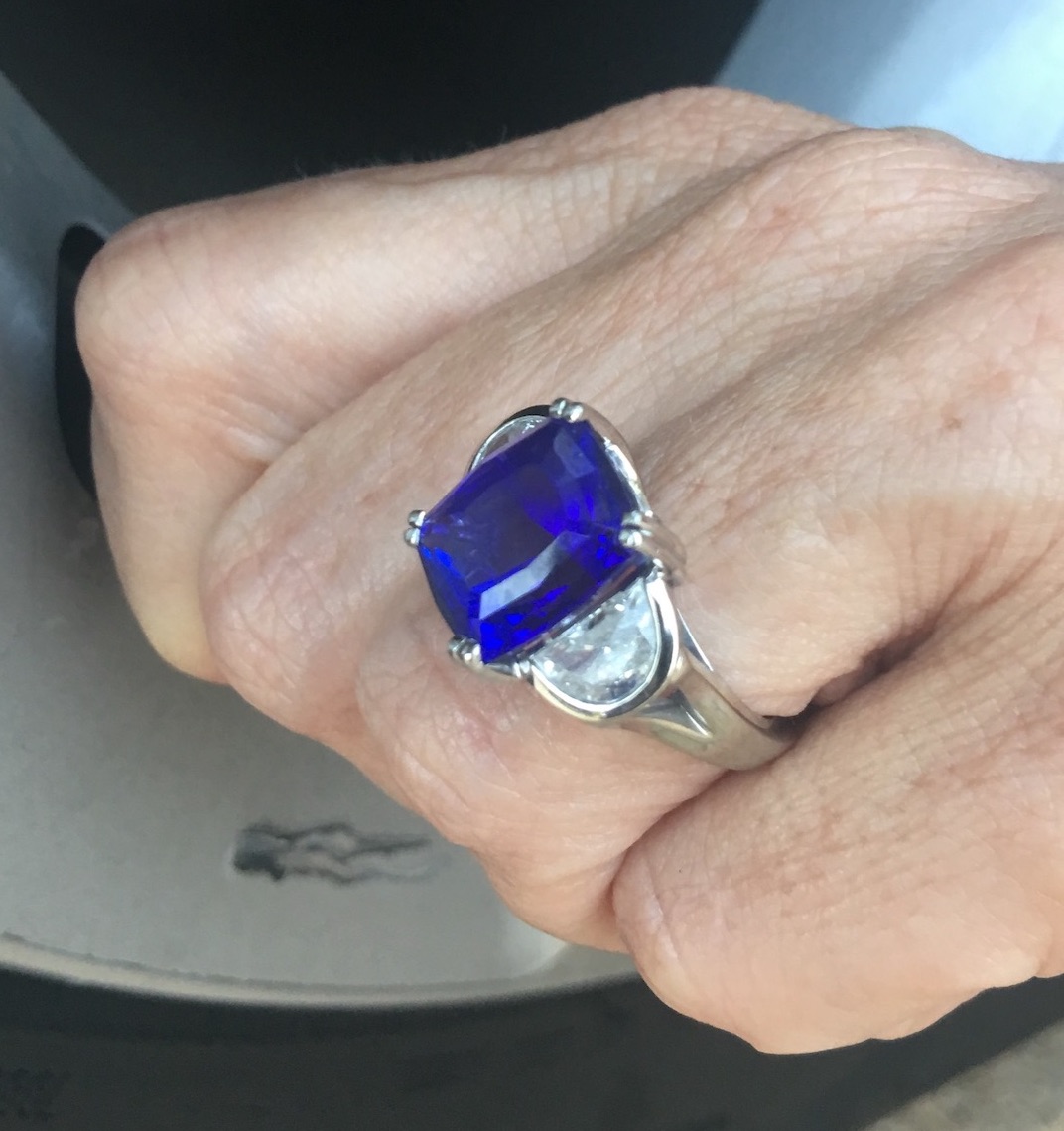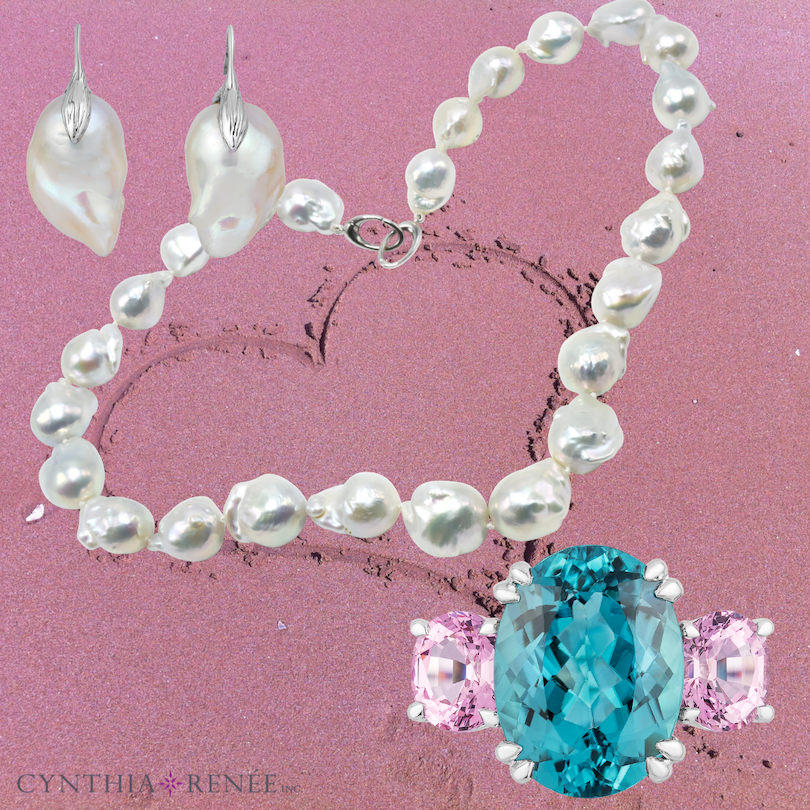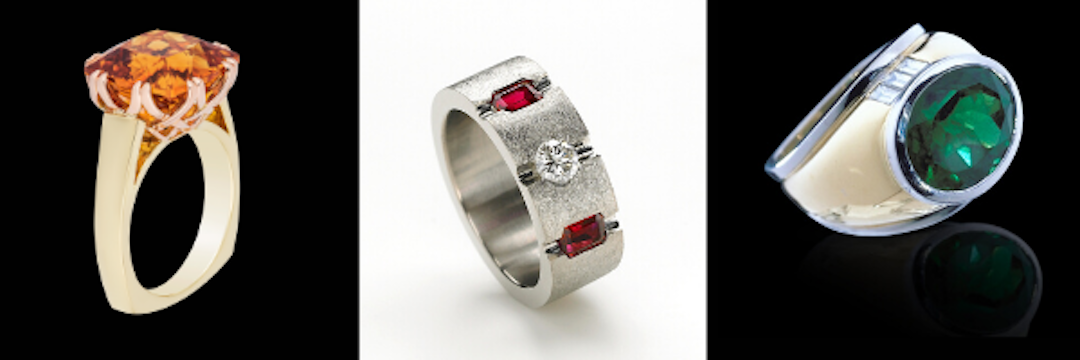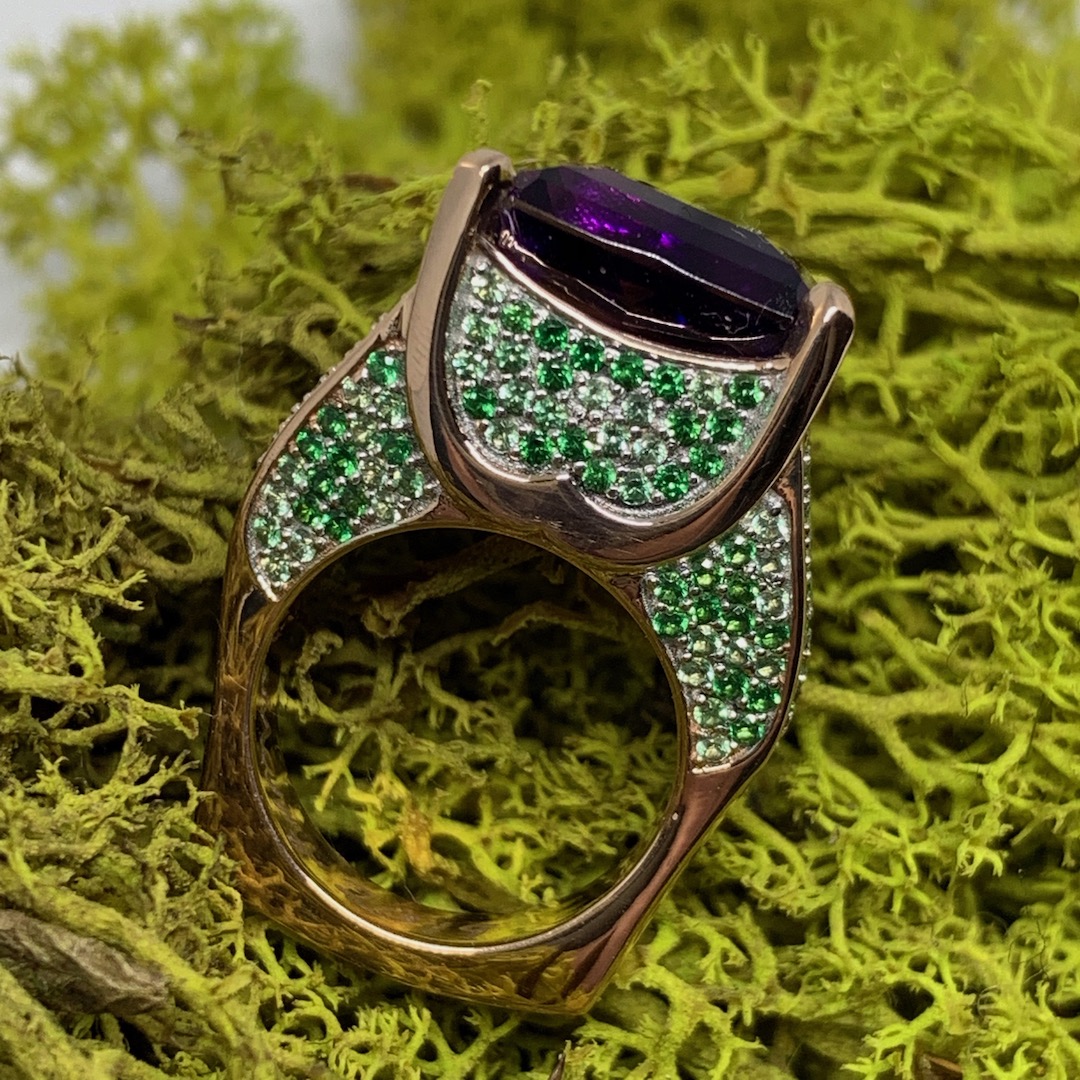A gem’s hardness is often misunderstood by the layperson. Let’s clear that up.
There is a difference between hardness and durability.
Have you heard that a diamond is the hardest natural substance? It has a hardness of 10, measured on a mineralogical hardness scale called the Mohs Scale.
A gem’s hardness is a relative rating showing what gems it can scratch and what gems it can be scratched by.
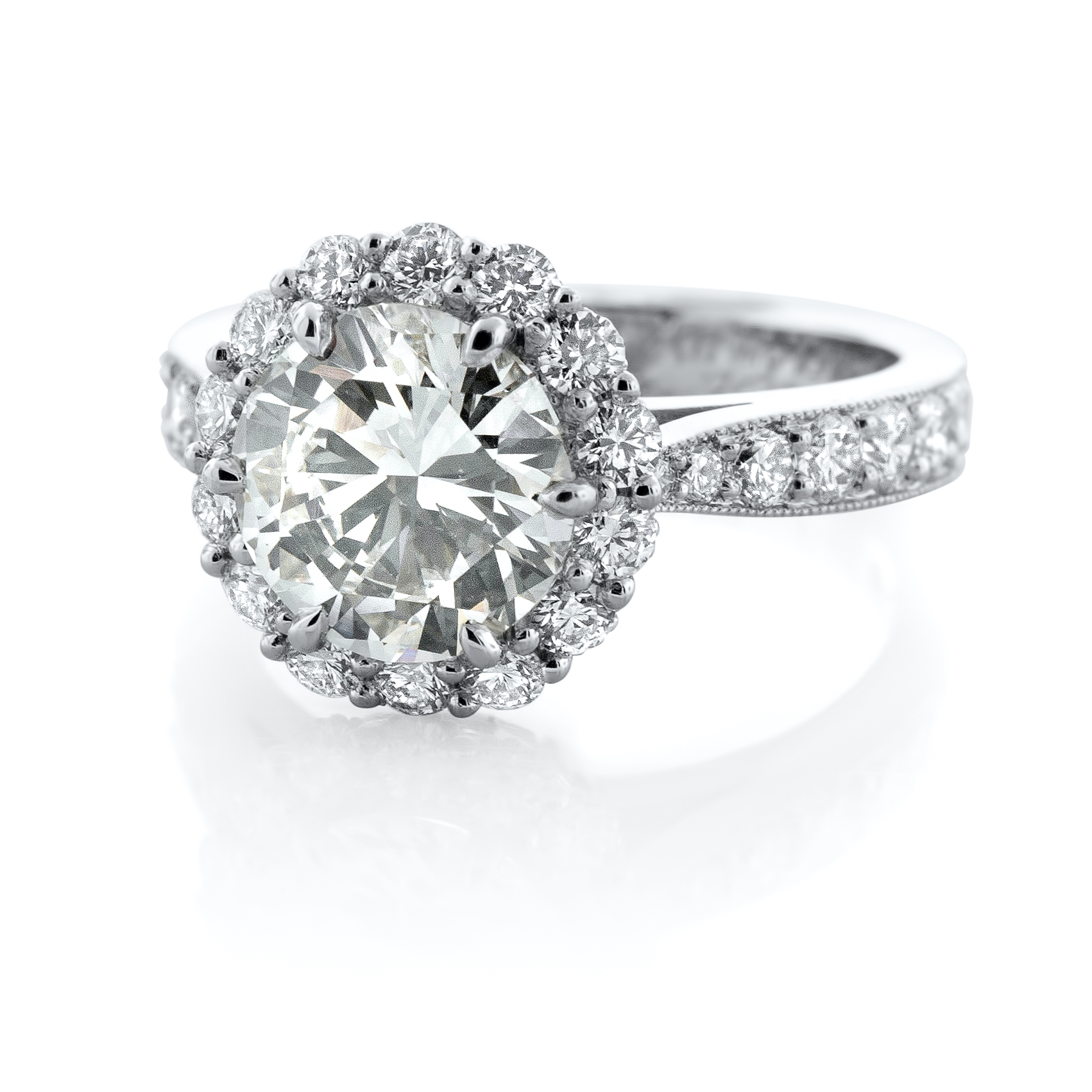
Hardness is just the ability to resist scratching – nothing about its durability, but that one gem can scratch another.
The Mohs Hardness Scale is from 1 to 10 – Diamond is a 10 on the hardness scale, meaning it can scratch all the gems below it on the list. Sapphire and Ruby a 9, Topaz 7 – Tourmaline a 7-ish too, Moonstone is a 6 & Peridot a 6, on down to Talc which has a hardness of 1.
The Mohs scale is only relative – it doesn’t tell us how much harder diamond is that Sapphire/Ruby or how much harder one gem is than the other.
Diamond is about four times harder than Sapphire or Ruby (which are nine on the scale and both members of the mineral family called corundum) but Sapphire and Ruby are only two times harder than Topaz which is an 8 on the scale. Topaz is about two times as hard as Quartz, which is a 7, and only about 25% harder than Apatite, which is a 5.
Durability is the ability to withstand wear or damage and is not the same as hardness.
A Diamond has perfect cleavage – meaning if it is struck at the right place, it can break cleanly along a distinct plane. Topaz is another gem that has perfect cleavage, and it has a hardness of 8. Cleavage lessens a gem’s durability.
Ruby and Sapphire, while not as hard as Diamond, have no cleavage – neither does Spinel or Amethyst.
Some varieties of a gem have the same hardness, with differing durabilities. The mineral beryl has many gem varieties, all with the hardness of 7. We call vivid green beryl Emerald, Aquamarine is a blue variety of beryl, Morganite is pink and Heliodor is yellow.
Emerald is not as durable as the other forms of beryl, as it is typically found with internal fractures that require special care.
Aquamarine is a member of the beryl mineral family, as are Emerald, Morganite and Heliodor. This Full Custom Design Pendant features a spectacular 60.19 carat Aquamarine with 5.38 carats of diamonds.
Some gems aren’t particularly hard such as Jade, which is a 6 to 7 on the Mohs scale, but tougher than Diamond.
Why is Jade tougher than Diamond?
What makes Jade so tough is the interwoven nature of its crystal structure. Look under a microscope, and you will see that Jade is made of crystal fibers and grains that interlock to form a mat or a mesh so they borrow strength from each other.
Their interwoven nature makes them stronger under stress, preventing chipping, shattering or being broken apart – much like a family or community is stronger together than alone.
Tip: One essential jewelry wardrobe piece is our black jade bangle
Jade’s interlocking crystal structure makes is stronger under stress, preventing chipping, shattering or being broken apart, mjuch like a family or community is stronger together than alone. Photo GIA – learn more about jade by clicking the photo.
Something else to consider about durability is a gem’s stability.
Some gems can be altered by exposure to light, heat or chemicals.
Emerald and Tanzanite are susceptible to thermal shock and need to avoid extreme changes in heat or cold. Do not steam clean or drop in a warm ultrasonic cleaner.
While a Tanzanite ring can be worn successfully with proper care, it is not a good idea to wear it changing your tire, as this naughty client did! 🙂
Kunzite, a light lilac-pink gem first found in California by Tiffany gemologist George Kunz in 1902 is light sensitive and will fade when exposed to UV light over time. George Kunz called it “the evening stone” not just because it’s delicate hue glows in indirect evening light but it is light stable when not under UV daylight.
Aquamarine and Peridot are sensitive to acids, as are Pearls and Corals (along with heat) and require special handling by a metalsmith and individualized cleaning methods at home.
Advice on Jewelry to Protect Less Durable Gems.
Rings, because we are so active with our hands, require more consideration when using less durable gems. Just like us adapting to stress through exercising, laughing or meditating.
We routinely design rings using setting techniques and styles that are more protective to the gem.
A full bezel around the gem can protect the gem’s girdle and pavilion. (If it’s a tricky gem to set in a bezel, we have made a false bezel and set the gem from behind with prongs, like we did the Emerald ring below).
Half-bezels and flush settings can also protect the gem. Consider creating a design where metal protects the gem yet still allows the gem to glow.
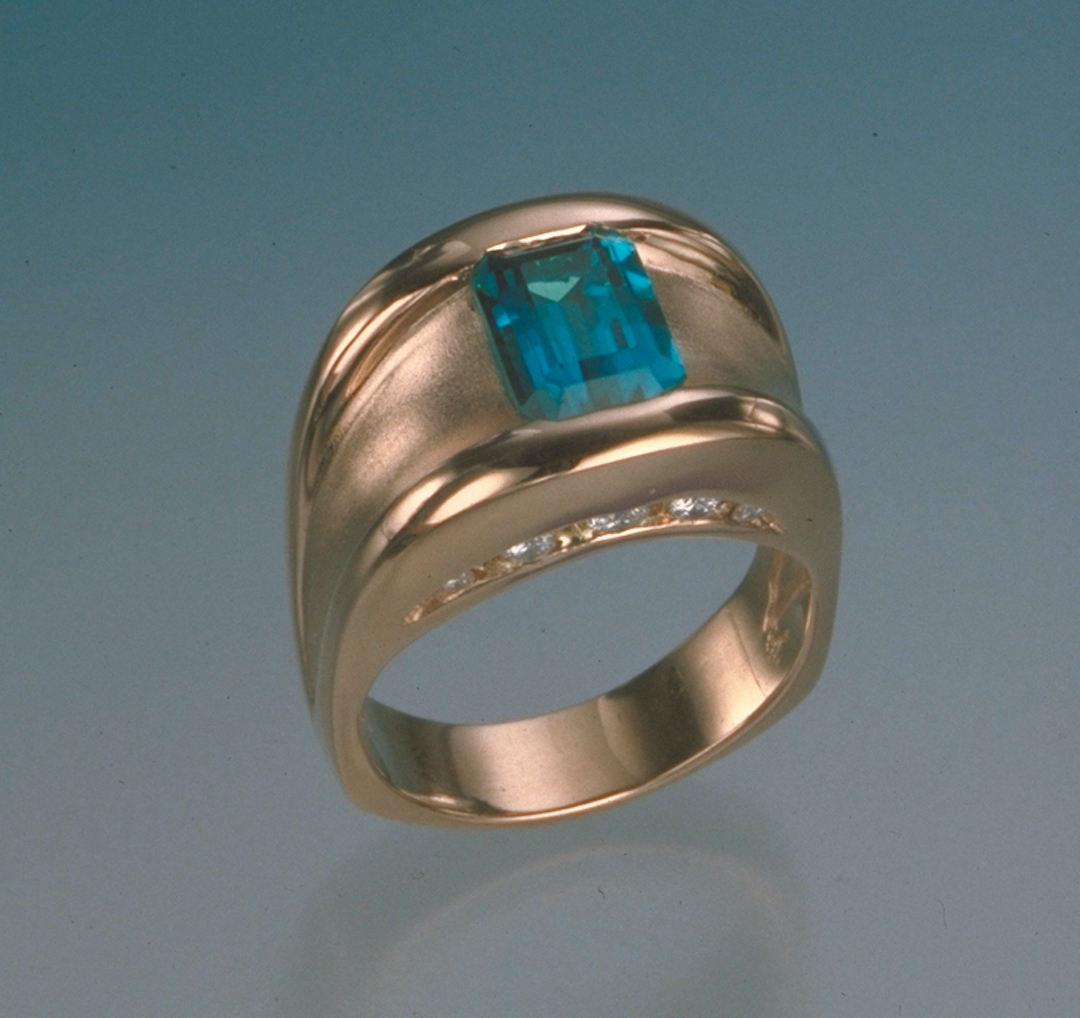
Setting styles can help protect a gem. Above left: Our Trellis ring has multiple prongs around the gem’s circumference for beauty and protections. Above center: Rubies and Diamonds are flush-set in this palladium ring. Above right: We set this fine six-carat Colombian emerald with a protective bezel.
Channel setting looks clean and protected, but the process of channel-setting requires more durable gems. Pave setting, paving a metal surface with small
round gemstones, is also a technique best on durable gems.
Tanzanite, Tourmaline, Garnet and Topaz are not typically pave set for this reason, except we did manage to pave set 170 pieces of 1.2 mm Tsavorite garnets in this ring (right).
The domed cabochon cut is a more durable cut as there are no facet junctures (where
the facets meet each other) to chip, and its shape deflects direct blow. Cut in the cabochon cut, Moonstone (left), a gem that isn’t super hard and has cleavage, becomes more durable.
Withstanding the Rigors of Matrimony
There is a lot of desire now for “alternative” engagement rings, featuring gems other than diamond. I like the idea – it’s lovely to have options and individuality. But matrimonial jewelry has to withstand the rigors of matrimony!
Either select a more durable gem, create a more protected ring setting and/or adjust your expectations for wearing an engagement ring every day, saving it for occasions.

Left to right: Spinel, Ruby and Sapphire, with their beauty and durability, are great candidates for matrimonial jewelry.
I see Emerald being used in more engagement rings lately. Emerald is hard enough, it’s just not the most durable of gems.
If your heart is set on an Emerald, consider setting it in high-karat gold so less pressure is put on the Emerald during setting, design with a half- or full bezel and get guidance in selecting a well-cut gem with good angles; sharp, knife edged girdles (around the perimeter of the gem) are more fragile.
Even shape can help durability – oval or round Emeralds can have more durability because there are less edges to chip.
Stir Fry and Ring Wear
Any gem, whether the durable Sapphire or the less durable Emerald or Tanzanite, will last to be passed through the generations if you follow directions for wear and care.
Think of them like a silk blouse – would you wear a silk blouse to stir fry? No. Likewise, don’t wear your Emerald, Opal or Tanzanite rings to pack and move your office.
Proper care is vital. You can take care of your car, yet it can still get in an accident and need repairs. Proactive wear and care includes:
DO take your rings off when you get home and put them in a safe place, such as a ring spindle or jewelry tray.I keep a ring spindle in my kitchen and bathroom, so I always have a safe and consistent place to keep my jewelry. Resist wrapping your ring in a Kleenex and putting it in your pocket for safekeeping. I’ve had several experiences where I forgot and threw my rings away with the tissue.
DO remove your fine jewelry before you shower or swim in a pool.The chlorine attacks the metal eventually pitting and wearing them, so they are unsafe to hold the gem(s). The chlorine will also attack gems sensitive to acid or porous such as pearl, turquoise or coral.
DO rinse your gems in water with cleanser don’t dry wipe them. Airborne dust is primarily silica, which is quartz (like Amethyst, Citrine and Ametrine) with a hardness of 7. Don’t just wipe them off dry or you are grinding silica into your gem. Rinse them with water, apply cleanser, rinse and then wipe dry with a clean cloth.
DO remove your rings for sports, housework, gardening or lifting heavy things (even suitcases).Your gems will eventually get chipped, prongs pulled, settings distorted, and the shape of the ring shank deformed.
DO store your jewelry separately, not all jumbled together. I commonly see many jewelry pieces combined together in one Ziploc where they scratch up against each other.For travel, store them in individual small bags or pouches.
DON’T wear harder gems next to softer ones, as the harder can abrade the softer. I’ve seen 18-karat bracelets ruined by wearing them next to a harder steel watch.
In creating the platinum Diamond eternity band and Sapphire ring duo (right-approx. 8.50 carats of diamonds in the eternity band; the sapphire is 11.50 carats), which was to be worn together, we did extensive engineering so diamonds of the eternity band did not rub against the Sapphire (like a band saw), eventually scratching the Sapphire.

Restorative Hope
When we admire a gem, it is the gem’s reflection of light that attributes to a lot of its beauty. Gem cutters have paid particular attention to the placement to facets to bring out the gem’s greatest beauty and light.
Scratched gems have duller light reflection, lowering their beauty and value.
We routinely help clients repair their scratched gems, though it is not always a simple proposition (but sometimes it is!). Most repairs are on well-loved gems that have been worn continuously for many years.
Think of how often a ring is worn as you reach into your pocket or handbag brushing up against harder objects like keys, coins or grit. The best way to avoid repairs is by keeping good practices in the care of your jewelry.
For more on jewelry care, click here.
How to Prevent Ring Damage due to Clapping
Video on How to Clean your Jewelry
Video on Jewelry Care Tips
